Last Updated on July 30, 2021
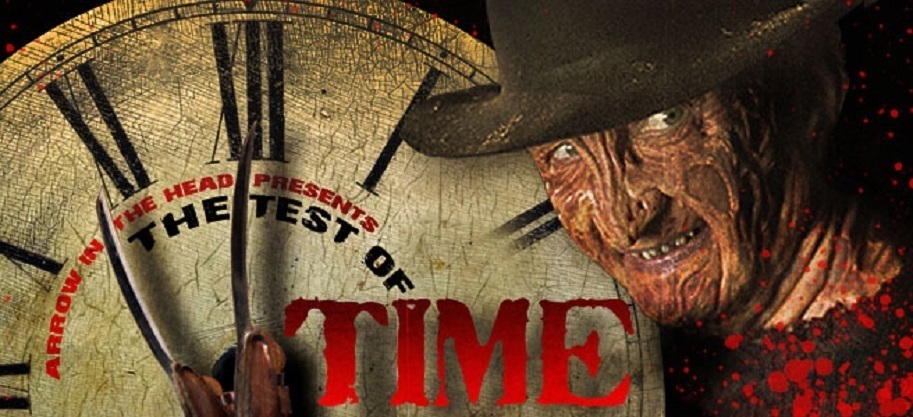
We all have certain movies we love. Movies we respect without question because of either tradition, childhood love, or because they’ve always been classics. However, as time keeps ticking, do those classics still hold up? Do they remain must-see? So…the point of this column is to determine how a film holds up for a modern horror audience, to see if it stands the Test of Time.
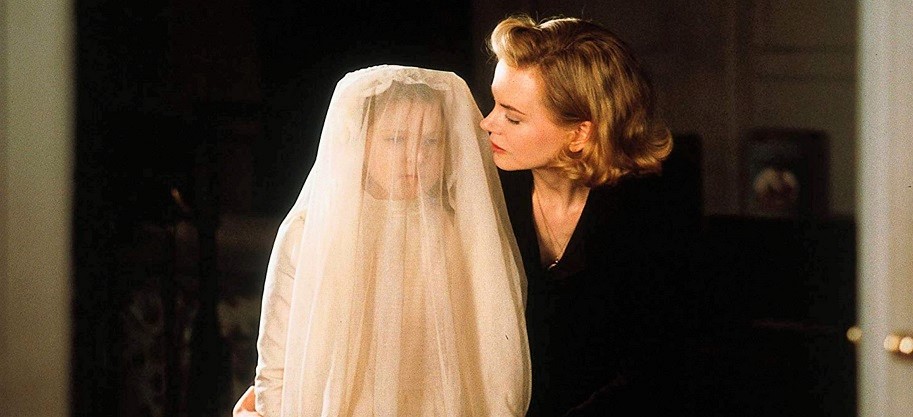
DIRECTED BY ALEJANDRO AMENABAR
STARRING NICOLE KIDMAN, JAMES BENTLEY, ALAKINA MANN, FIONNULA FLANAGAN
Did you know that Alejandro Amenabar’s 2001 THE OTHERS is one of the all-time highest-grossing horror movies ever made? Indeed, the crossbred international effort – set in England, filmed in Spain by a native director, starring an Aussie as an Englishwoman, all financed by Americans – unexpectedly went on to gross north of $200 million at the global box-office. As of 2006, the film held the distinction of being the highest-grossing Spanish film among the all-time worldwide box-office history. That’s a hell of a feat no matter how you slice it!
Now, as THE TURNING is set to open this weekend – itself a loose adaptation of the classic Henry James tale “The Turn of the Screw”, it seems only right we redirect our sights on THE OTHERS to see how well the film still plays nearly 20 years later. After all, few horror films rely so heavily on the ultimate twist, a la THE SIXTH SENSE, that, in reassessing the flick, one must not only judge the anachronisms and technological senescence but really ought to focus on how the movie plays after already being aware of the shock-and-awe finale. Movies like THE USUAL SUSPECTS play very differently the second time you see it, and it’s with this criterion in mind that we look to see how well the taunting trickery of THE OTHERS still holds up. Y’all good to go? Let’s roll. It’s THE OTHERS vs. The Test of Time below!
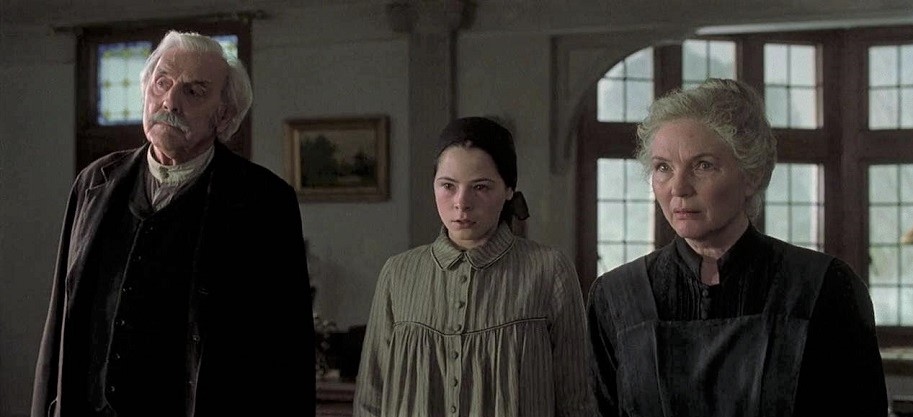
THE STORY: Writer/director Aleandro Amenabar claimed to have based this film on his time in Catholic school, the teachings of which he’s since renounced. We already mentioned the classic Henry James novel The Turning of the Screw, which, in terms of this film, most closely resembles Jack Clayton’s equally superb 1961 adaptation THE INNOCENTS. But upon further research, it appears the real inspiration for THE OTHERS came from a 1970 episode of the British TV series “Armchair Theatre: The Others,” which was remade in a 1974 episode called “Voices.” Either way you dice it, the airtight blueprint was foundationally laid for Amenabar to succeed in retelling this story for a new generation. Boy did he ever!
As for the diegesis, the film revolves around Grace (Nicole Kidman), a single-mother beset by excruciating migraines in 1945. She dwells in the coldly ominous yet elegantly adorned ancient manor in Jersey, off the coast of England. With her husband Charles (Christopher Eccleston) away at war, perhaps dead from such, Grace dotes on her two rarely photosensitive children, the timorous Nicholas (James Bentley) and adventurous Anne (Alakina Mann), who cannot bare exposure to sunlight. The moldering manse has a series of odd peccadilloes. For example, each of the 50 doors must be shut and locked before another one can be opened. Also, the house is devoid of electricity, and the curtains must remain drawn during daylight hours Overwhelmed, Grace enlists the domestic help of servants Mr. Mills (Fionnula Flanagan), Mr. Tuttle (Eric Sykes) and Lydia (Elaine Cassidy). However, once they arrive, an increasingly dreadful and portentously slow-boiling series of semi-supernatural events take place. Is Grace losing her mind? Have Nazi forces secretly intruded the premises? Could there possibly be something more sinister at work?
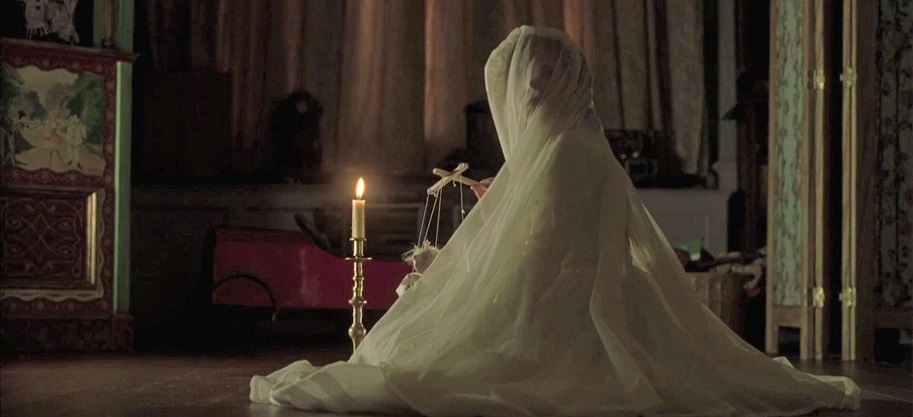
WHAT HOLDS-UP: The whole of Amenabar’s slick and handsome production, mystifying misdirection and rug-yanking finale hold up as well as any movie this dependent on a twist-ending can. But upon closer inspection, we noted three traits that really make the movie play as well as it did the first time you saw it: the anchoring turn of the great Nicole Kidman, the visual marvel of the foreboding set decorations and deft deflection of light and shadow by DP Javier Aguirresarobe (THE ROAD, FRIGHT NIGHT), and, in relation to the former, the brilliant foreshadowing of the arresting, mouth-gaping finale, which is clued-into with perfect restraint as to neither betray it nor make it feel artificial by the time it’s revealed.
Anyone who’s read this site for the past 10 years knows of my unwavering adoration for Nicole Kidman, who continues to show why she’s one of the best at her craft. In THE OTHERS, she gives a performance unlike any we’ve seen her portray, especially coming off the bubbly turn in MOULIN ROUGE and the confidently sexy performance in EYES WIDE SHUT. Here, Kidman has the weight of guiding the audience through this story without indicating what’s really going on. That, alone, is extremely difficult to pull off. But then you add in the emotional depths Kidman was required to reach, be it in relation to her husband or children, and the performance becomes extra-layered. Word is Kidman actually quit the film during rehearsals because she was having nightmares, saying "at one point I didn't want to make the film because I couldn't even go there emotionally." Kidman urged Amenabar to find a replacement for her because she simply wasn’t able to go to such dark places. And yet, because of her work, she’s able to ultimately protect Amenabar by preserving the underlying mystery on which the entire emotional impact of the film so gravely depends.
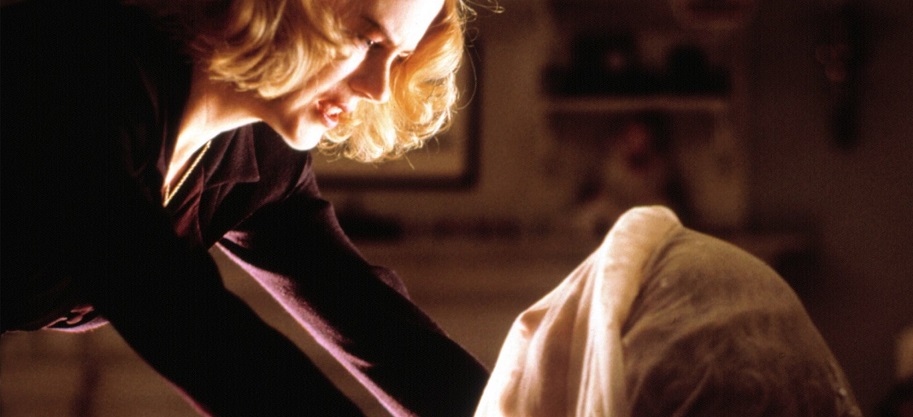
Amenabar shades the world he creates with a foreboding manse that is spatially regal, yet cold and quiet. Kudos is in order Benjamin Fernandez, who served as both Production Designer and Art Decorator, lending a consistent vision across both departments in a way that translates to the finished product. The fog-dipped mansion is just as dark and chilly on the inside as it is on the outside. Amenabar uses real candlelight to solely light certain scenes, with ancient light fixtures, ornate arches, pillars and posts aligning the interiors. The creaky floors, clanking pipes, and whining doors add to the eeriness waiting around each corner. These aspects are still extremely effective and directly attribute to Amenabar’s chief task, which is to slowly mount as much dread and suspense as humanly possible.
But for a movie so reliant on the first-watch unpredictability of its ending, the expert use of visual and audible foreshadowing is where Amenabar really showcases his talent. What makes a movie of this caliber great is knowing, upon the retracing of steps, that the twist-ending is earned, alluded, clued into, and derived from a place of premeditation. If the shocking conclusion comes out of nowhere and remains incongruous when viewing it a second time, it is not great, but rather manipulative. Fortunately, Amenabar does plenty enough to allow the truth to dangle before our very eyes all the way through the movie.
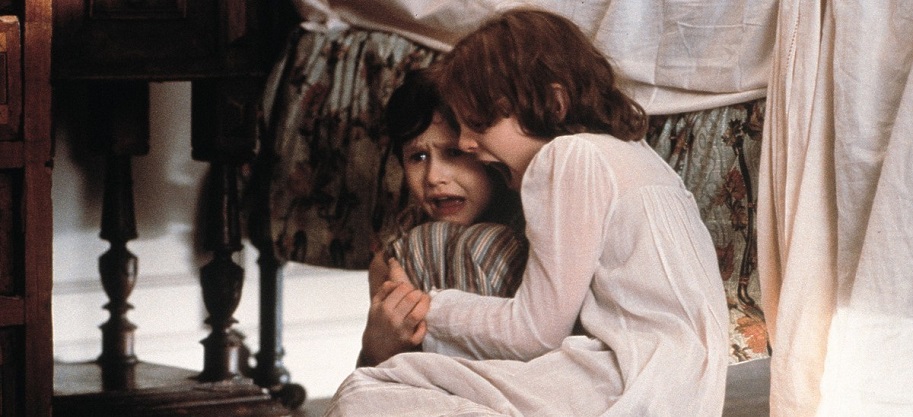
The first clue is when we meet the children for the first time. Grace says to Mrs. Mills “they’re still half-asleep.” Well, in the immortal words of Nas, sleep is the cousin of death. Later, another connection between slumber and the afterlife is made when a character mentions the “sleeping dead.” Also, during every dining scene, notice how none of the eventual decedents actually imbibe food of any kind. Yet another clue comes with the sound of clanking chains, which appear when certain deceased characters amble across the floor (Charles among them). Anne mentions at least twice that ghosts come with the white-sheets and the sound of dragging chains. Through these details, Amenabar is able to organically weave in the eventual revelation, which makes the ending far more satisfying than having lazily shoehorned it in as a lame afterthought.
Along these lines, another way Amenabar slyly disorients the viewer is by subtly rearranging furniture, moving items around, and having things appear and disappear before our very eyes. The prime example of such happens when Grace speaks with Mills before the fireplace. A tight shot focuses on Grace’s wrist watch for a long time. In the next shot, the watch is startlingly missing. Yet in the next shot after that, it’s back on her wrist. This is easy to dismiss as a basic continuity error, but I’d argue it is deliberate as a way to subconsciously suggest to viewers that something isn’t quite right. In terms of the watch, the suggestion seems to say that time does not exist in the house, it’s a mere vanishing illusion. Amenabar does this with other objects as well, which goes a long way in holding up amid repeat viewings.
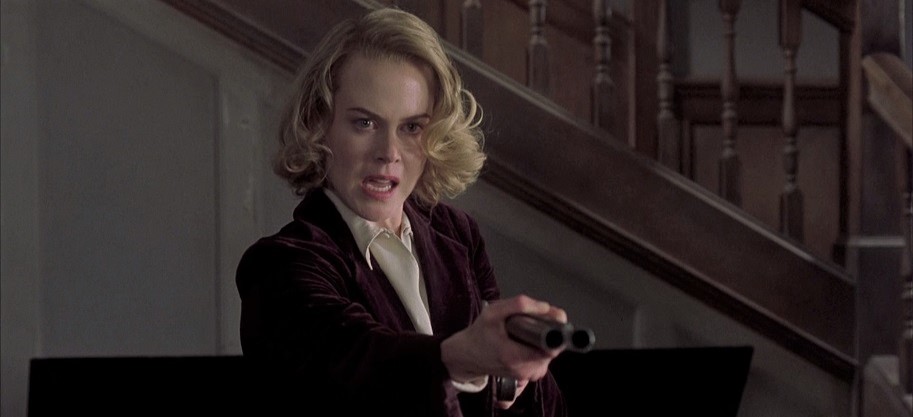
WHAT BLOW NOW: To be real, THE OTHERS felt far longer than I remember it being the first time around. The movie is only 104 minutes, but because of its slow-burning pace and deliberate tempo, feels much longer nowadays. Perhaps that also has to do with knowing the ending and anticipating it before we should, impatiently looking at our watches until it occurs. But between the drag and a few sound-mixing issues, where unintelligible whispering is suddenly washed out by loud crash-cues, there are a couple of technical aspects that don’t hold up as well as the rest. Nothing major, but they’re noticeable.
THE VERDICT: Even nearly 20 years later, it’s easy to see why THE OTHERS is one of the highest-grossing horror flicks of all time. The swift direction by Amenabar is top-notch, as seen by the inspired casting and concomitant performance of the great Nicole Kidman (who was divorcing Tom Cruise the week the film opened mind you), the rakish production design and sinister set decorations by Benjamin Fernandez, gorgeous cinematography by Javier Aguirresarobe, and most importantly, the freaky foreshadowing and unpredictable preservation of the final reveal. Many have tried, but few have succeeded like THE OTHERS!


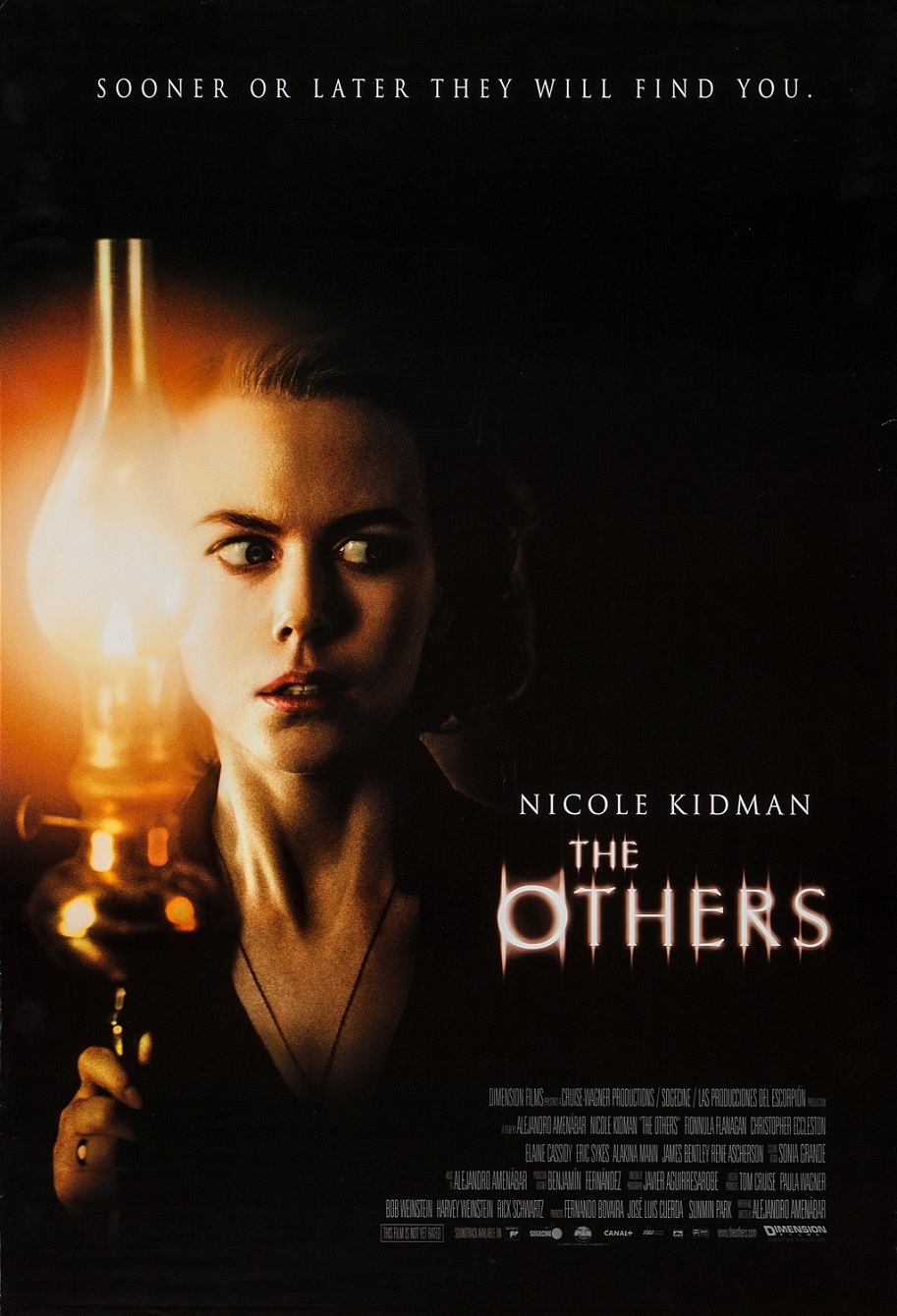

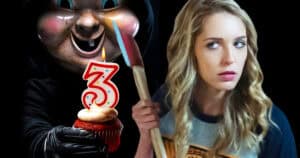
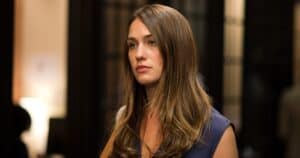
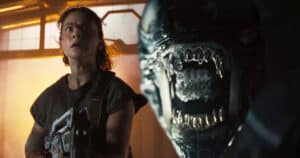

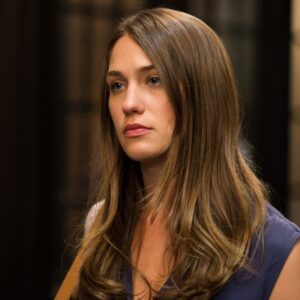

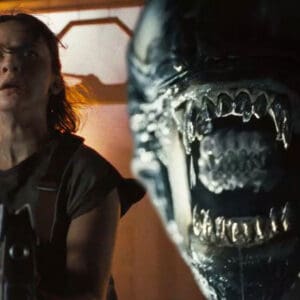

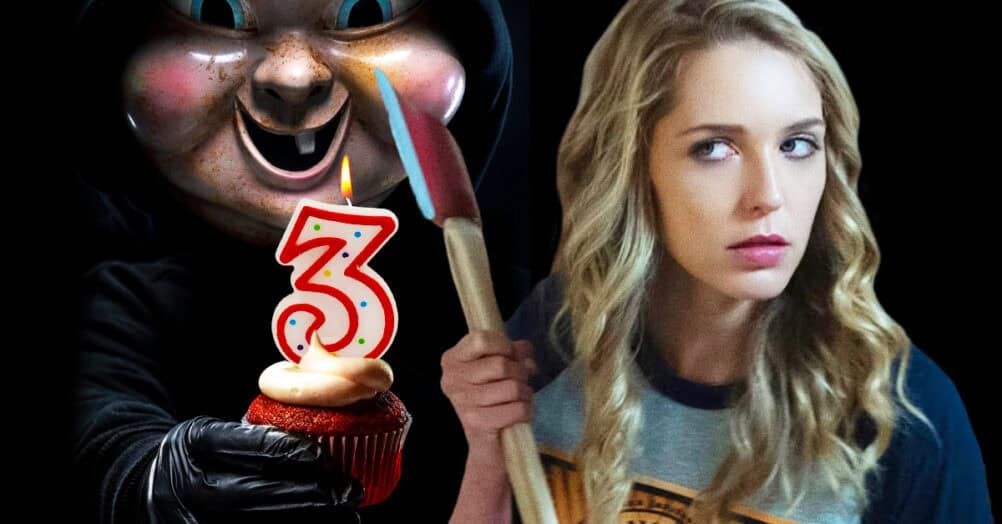
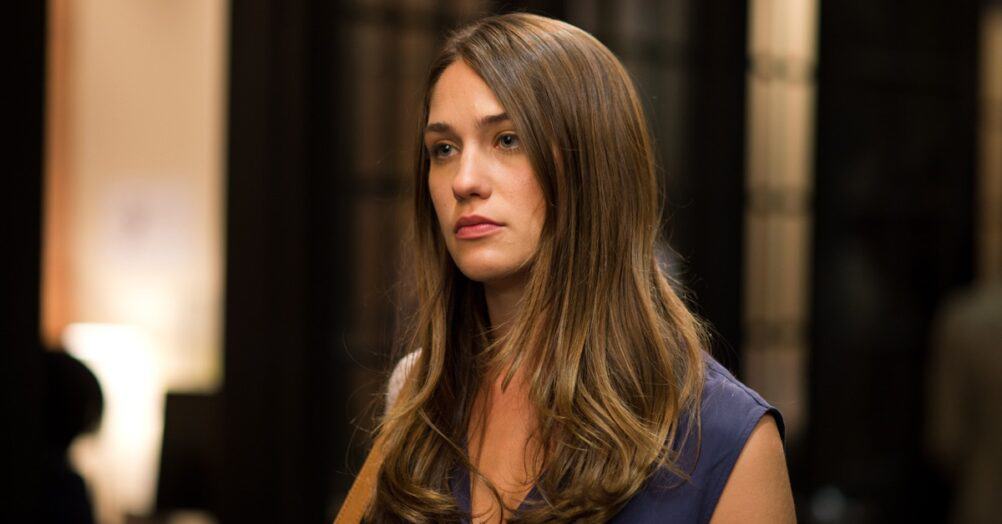

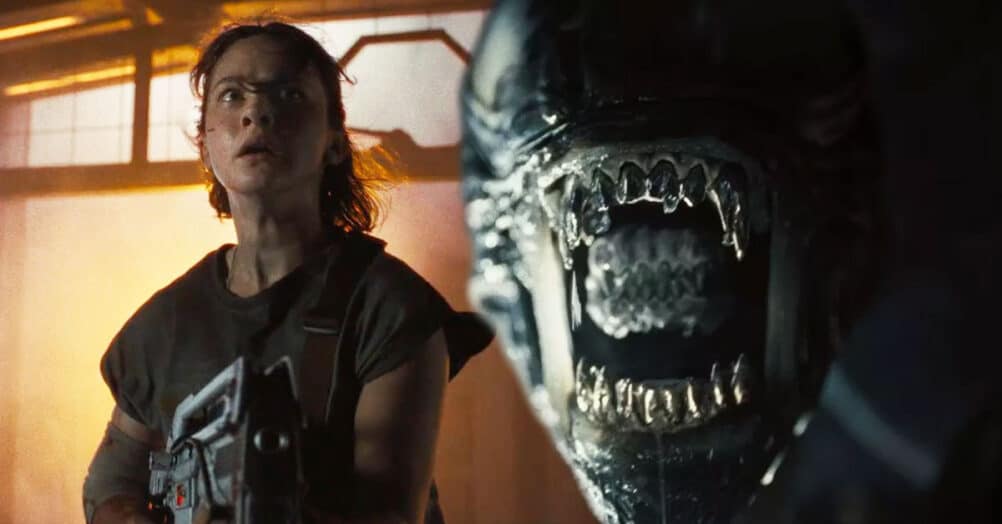


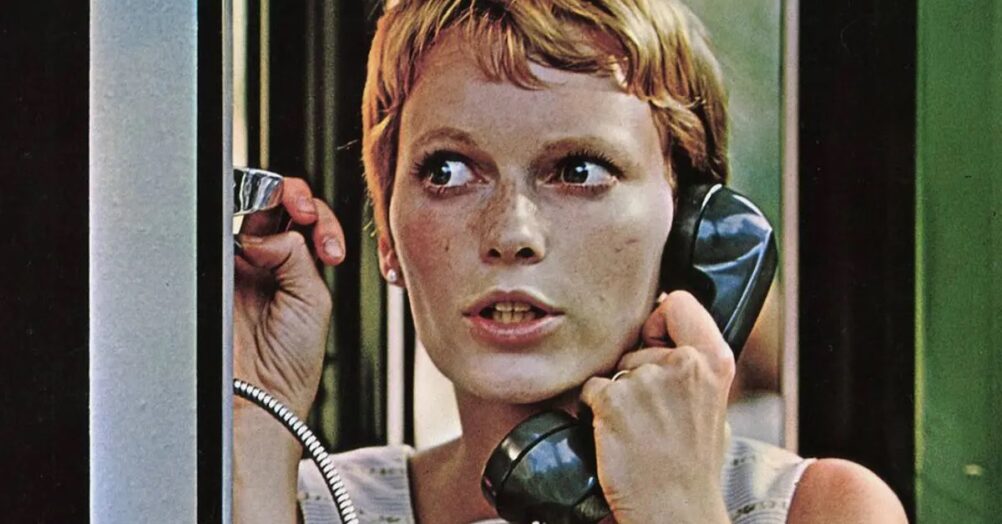
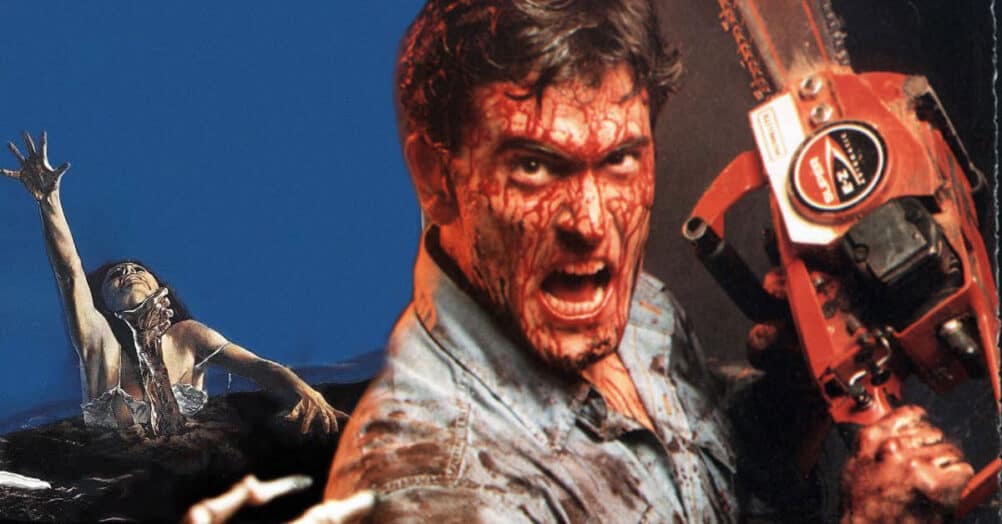

Follow the JOBLO MOVIE NETWORK
Follow us on YOUTUBE
Follow ARROW IN THE HEAD
Follow AITH on YOUTUBE